Bangkok Uncorked
I hunted down the best natural wine addresses in one of Asia's most gastronomic cities
If you were flying to Bangkok a decade or two ago, I doubt it was for the wine or the restaurant scene. Most visitors arrived carrying a backpack and an onward ticket to Koh Samui. There were other Asian capitals for those who wanted fine dining – Tokyo and Singapore spring to mind. Bangkok was more famous for its street food, rat population and ping-pong shows (NSFW, Google at your own risk).
The arrival of The Michelin Guide in 2018 signalled a definitive change. One of the first awarded stars went not to a fine-dining establishment but to a basic ‘shop-house’ where a septuagenarian Thai wearing goggles and a beanie knocked out arse-kicking street food. Supinya ‘Jay Fai’ Junsuta didn’t just ruffle the Michelin world’s starched tablecloths, she also cemented Bangkok’s position as a unique foodie destination.
Seven years later, Thailand’s capital has four listings in ‘The World’s 50 Best Restaurants’, more than any other Asian city. Not to mention 40 Michelin stars and nine listings in ‘Asia’s 50 Best Restaurants’. Unsurprisingly, given this explosion in fancy dining, the wine scene has also blossomed.
When I first visited Thailand in 2019, natural wine had just become hip in Bangkok. I remember an edgy New York-style bar with dim lighting, uncomfortable seating and no customers (don’t look for it, it’s not there anymore). Seoul experienced a similar craze, but has already cycled through boom and bust in just a few short years. Shanghai’s wine scene is on its knees after the Chinese economy tanked in 2023 – wine consumption in China is back down to 1990s levels, after peaking at almost two trillion litres in 2017. The weakening of the yen has similarly killed enthusiasm in Japan. Plus Covid.
But here’s the surprise. Bangkok’s wine scene didn’t just survive the pandemic; it’s prospering, along with the over-achieving restaurant sector. Unlike many larger Asian nations, Thailand’s economy also remains buoyant. Furthermore, the government repealed a 54% fixed duty on all imported wines in 2024. Not that I saw much effect on pricing during a recent visit – wine is expensive here, sometimes eye-wateringly so.
Shwin Tangcravakoon is co-owner of Verlan, a French bistro-inspired concept that is one of Bangkok’s newest natural wine addresses. He explained that “most importers were declaring everything at lower values anyway, to get around the tax. I haven’t seen any of them lower their prices.” Be that as it may, Verlan’s French-only list is not only well chosen but also refreshingly good value.
The customer mix in fine-dining restaurants is generally split 50/50 between locals and tourists. Locals doesn’t necessarily mean Thais; Western and Asian expats are just as numerous. Corkage is popular among wealthier Thai customers and most venues waive published charges on a “bring one/buy one” basis. The wines that customers bring are invariably hefty reds from well-known names such as Penfold’s or Bordeaux estates.
Locally, wine appreciation is still evolving, as Tam Chaisiri, co-owner and head sommelier at the restaurant Nusara explains: “Most Thais drink their first wine at a wedding. And it will be the cheapest wine possible.” Although levels of wine appreciation and education are advancing rapidly, preferences still tend towards red and high alcohol, even if that’s the last thing you’d think would pair with a spicy Asian cuisine like Thai.
Of course, no one said you have to stick with Asian – Bangkok has its fair share of European-influenced restaurants. If you want a very serious wine list and a two-Michelin-star rendering of German culinary traditions, try Sühring. But it’s the Thai flavours that I crave when I’m here. In this city you are never more than 100 metres away from a street vendor grilling or stir-frying something aromatic and delicious.
The trick is to combine Thailand’s high-intensity flavours with comfortable seating and good wine, and Nusara managed just that for me. Chef Thitid ‘Ton’ Tassanakajohn stays true to his Thai roots and doesn’t compromise on the spice levels, unless you plead for things to be toned down. I loved his riffs on yellow crab curry and tom yum. Chaisiri (Ton’s brother) offers some inspired pairings. A fruity pét nat from Pépin dovetailed nicely with all the aromatics and spices. Who knew that premium-grade Nebbiolo would be a match for the most fiery dish on the table, the beef pad kaprao? But it works effortlessly, the tannins and the acidity of Gaja’s Barbaresco (available in the premium pairing) somehow rising above the spice and cleansing the palate.
Nusara’s clubby interior and commanding views over Wat Pho only add to the appeal. But if we’re talking about fine-dining experiences in beautiful buildings, Potong takes the crown. Spread over five floors of a 120-year-old house in the middle of Chinatown, the restaurant experience is designed around the different levels of the magnificently restored building. Guests are welcomed on the ground floor in what was a former dispensary, before having an aperitif on the fifth-floor terrace. What was previously an opium den on the fourth floor now operates as a vibey cocktail bar – the perfect after-dinner retreat.
Chef Pichaya ‘Pam’ Soontornyanakij, who has just been voted the world’s best female chef, takes inspiration from her Thai-Chinese ancestry, and the wine list offers many Asian twists and turns that you wouldn’t find in Europe: a delicious Japanese orange wine, the restaurant’s own-label Chenin Blanc (yes, grapes grow in Thailand), a Thai sticky rice wine and a Chinese Pinot Noir, for example.
If Bangkok’s reputation as a fine-dining capital wasn’t already glowing from Chef Pam’s accolade, it received another shot in the arm earlier this year. One of its most innovative restaurants took the top spot at the ‘Asia’s 50 Best Restaurants’ awards. Gaggan first opened its doors in 2010. After a brief closure, it moved to a new venue in 2019, and reimagined itself as an extraordinary piece of theatre. Fourteen diners sit at a bar around three sides of the kitchen and the playful 25-course pan-Asian menu is served to everyone simultaneously. Calcutta-born Gaggan Anand narrates the evening, with the help of a deafening sound system, club lighting and a smoke machine. Anand’s chat is sweary, enlightening and pretension-free - this is not an experience for the easily offended or the faint of heart.
The wine pairing is equally non-negotiable, apart from the option of a non-alcoholic alternative. Although the wines arguably take a back seat to the overall spectacle, they are no less carefully curated. It wasn’t ever thus. Anand’s original business partner knew next to nothing about wine and reportedly insisted on Villa Maria as the house pour. But then, in 2015, Anand met Vladimir Kojic. Originally from Zagreb, Kojic came from a background working on cruise ships and then in Bangkok’s hotel sector. He introduced the chef to a new world of cool-climate, Central European gems – and to natural wine. Kojic became Gaggan’s director of operations and together the pair opened Wet Bar in 2019, one of Bangkok’s early natural-focused venues.
Kojic smiles when I ask him about the local wine scene. “Primitivo and Pinot Grigio are the two most consumed wines in Thailand,” he says, echoing Chaisiri. “Most people here want heavy red wines, even though they don’t go with the food.” Still, he acknowledges it’s changing, in part due to the work that he and head sommelier Milan Rukavina do at Gaggan’s sister restaurant Mrs Maria and Mr Singh. The more informal concept allows the pair more scope to broaden their customer’s palates.
Leveraging their own import, they’ve put together an almost entirely European list that must be one of the best in the city. It’s not preachy-natural, but everything fits into the low-intervention bracket. Fans of Muster, Tscheppe, Čotar or Jean-Yves Péron will be in heaven. There are mini verticals of many hard-to-find wines. Gaggan customers get the added perk of almost everything being served from magnum – a pretty exclusive sport when it comes to Christian Tschida’s Pinot Noir or Paolo Vodopivec’s ‘Origine’.
These are all high-end dining options – Nusara currently ranks six in the ‘Asia’s Top 50 Restaurants’ list and Potong has a Michelin star. Were crazy rich Asians in evidence? Affirmative. A number of Bangkok’s top dining venues proudly tout their Dom Perignon or Krug ambassadorship programmes, alongside copious other super-premium labels. If you don’t mind paying €100 a glass, go ahead. I was much happier when Chaisiri poured me a glass of grower Champagne from Henriet-Bazin. Never mind that it tasted superior, it also cost a tiny fraction of the price.
High rollers aside, natural wine continues to be a strong theme – even if Chaisiri feels that “after Covid, it is no longer the trend”. He recalls the first year of Mayrai, a natural wine and noodle bar he opened with his brother in 2020: “I would stand there every night, and people were coming in all the time and asking if they could taste orange wine – and they wanted to know if it was really made from oranges.” Chaisiri’s passion is evident on the Nusara list, which has plenty of options if you want to avoid label drinking and go down the low-intervention route instead. It’s a similar story at Potong. Still, natural wine fans will be better served at some of the now-established wine bars in the city. Chenin has a good mix of artisanal and natural that won’t scare more conservative drinkers. If you want no-holds-barred natural, No Bar and Mod Kaew are great options.
Look around your fellow customers at any of these spots and it’s pretty clear that drinking wine in Bangkok is mostly the preserve of foreigners and wealthy Thais. The city’s two most popular foreign cuisines are now Italian and Japanese, but don’t expect to find any wine worth drinking in the average restaurant. Al Gatto Nero is a notable exception, with an eclectic mix of classic Italian, some great New World choices and a healthy sprinkling of natural.
I had a lot of fun eating and drinking my way around the city, but in general you’ll be faced with the choice of either authentic Thai food or the pleasures of the grape. Jay Fai’s adult beverage options are limited to beer, and that’s one up from most shop-houses or street hawkers, where a plastic bottle of water or some sugary-sweet concoction is all there is. I dream of being able to enjoy Jay Fai’s cooking with Gaggan’s wine list, but if I can only choose one it has to be the food. I can drink wine back home.
Originally published in Noble Rot magazine, issue 38. This version has been slightly tweaked.
I was the guest of Gaggan, Mr & Mrs Singh, Nusara, Potong and Sühring for this trip. Don’t hate me, please.


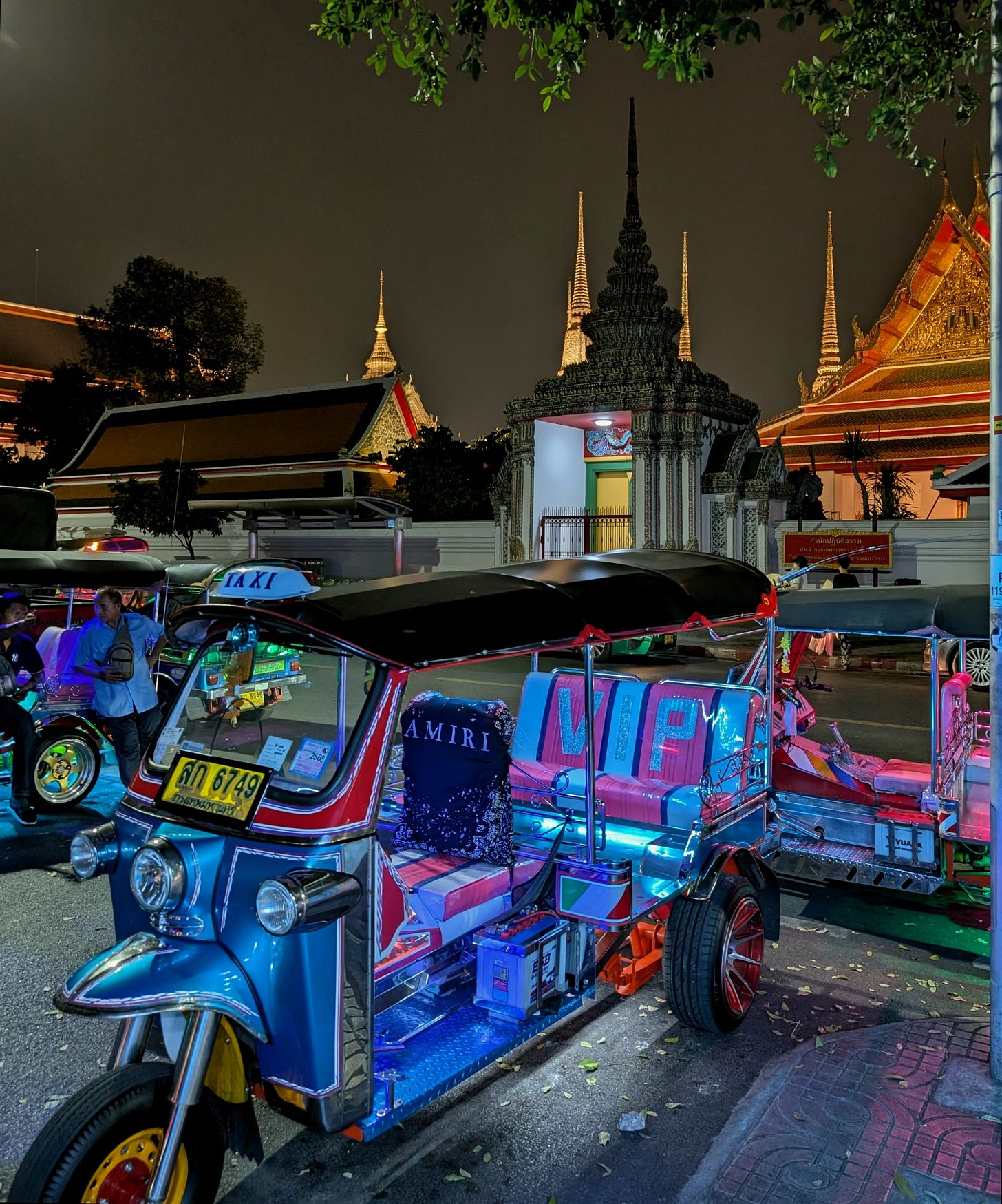
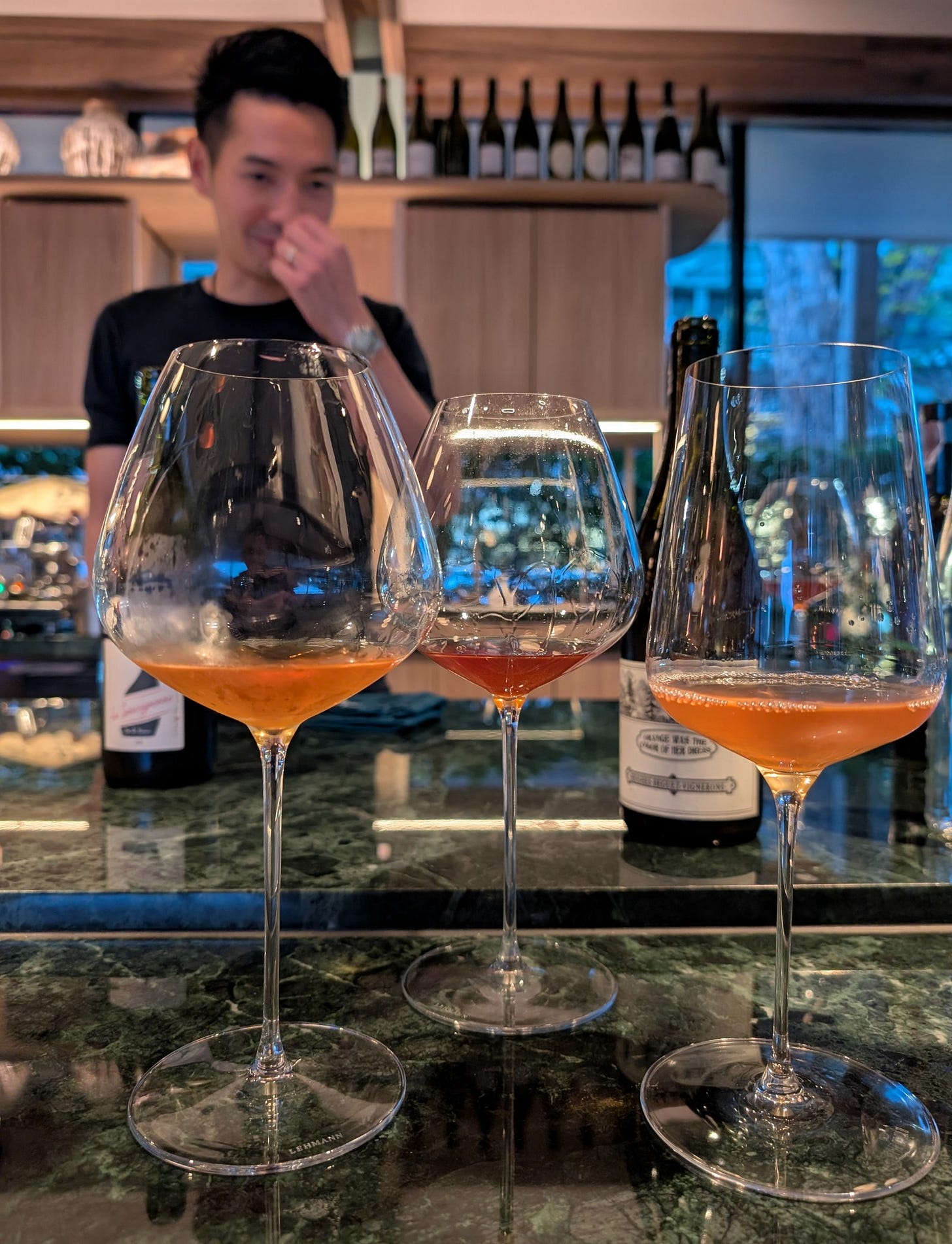
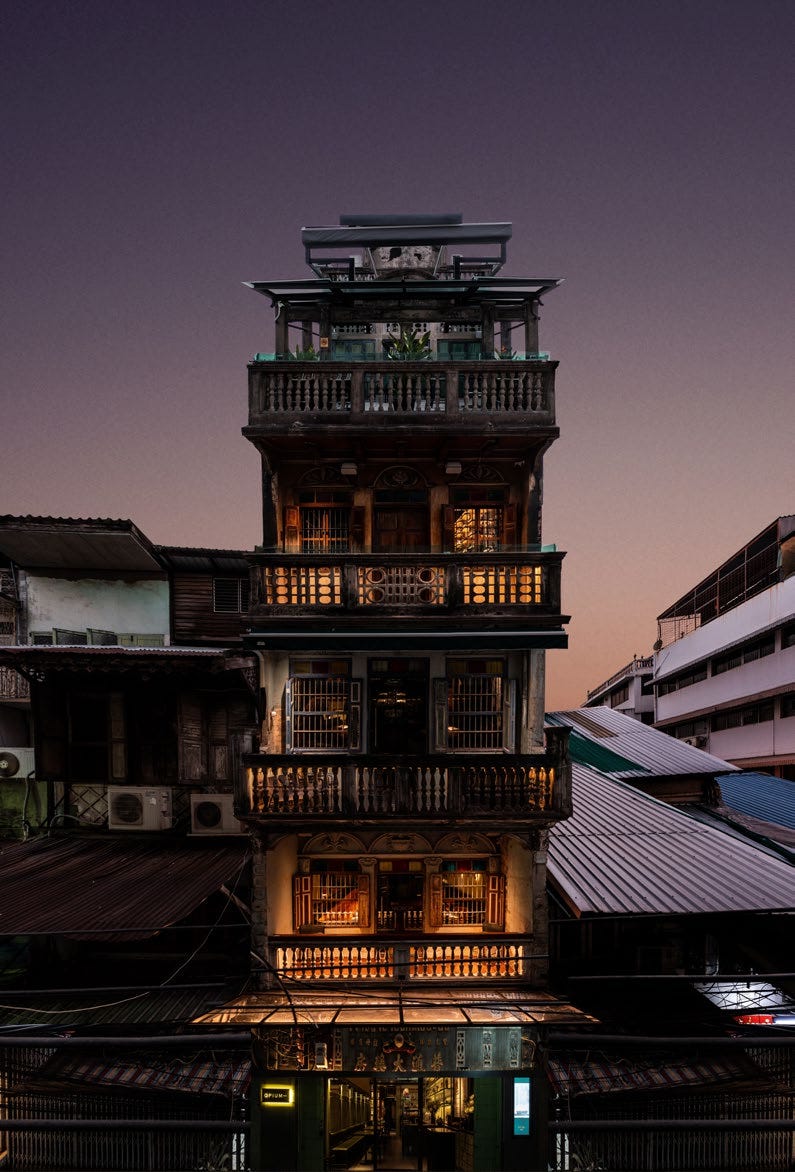
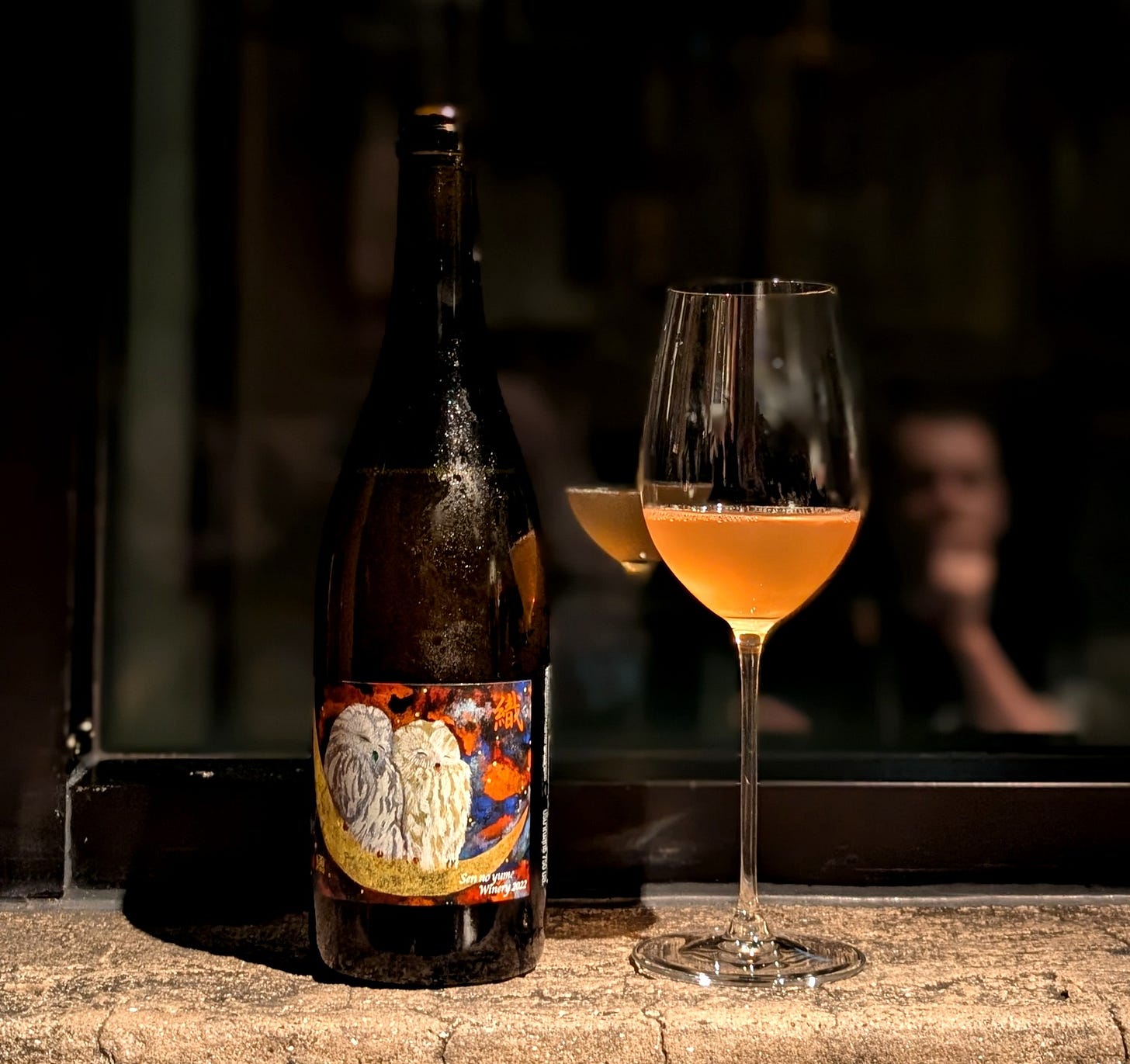
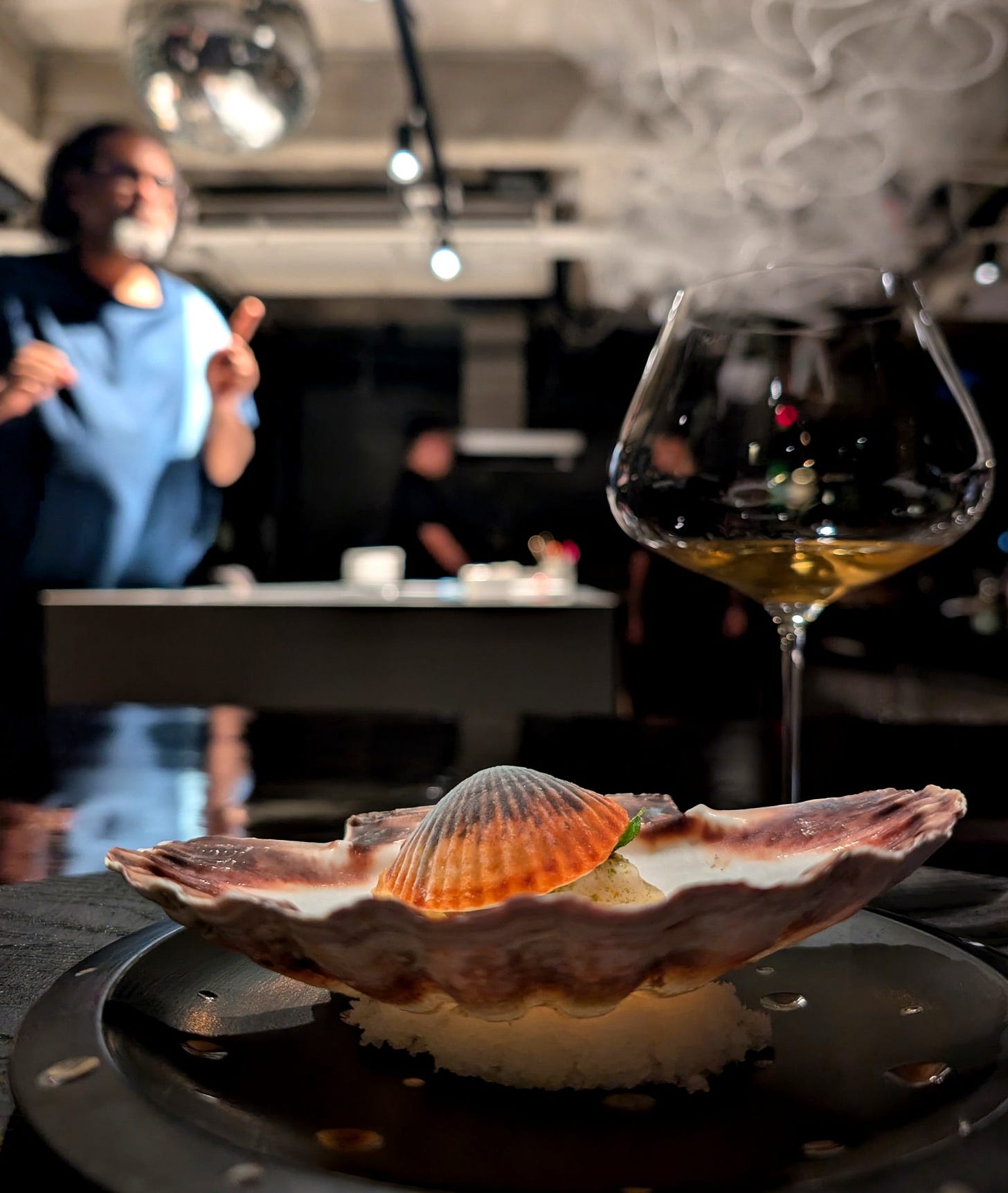
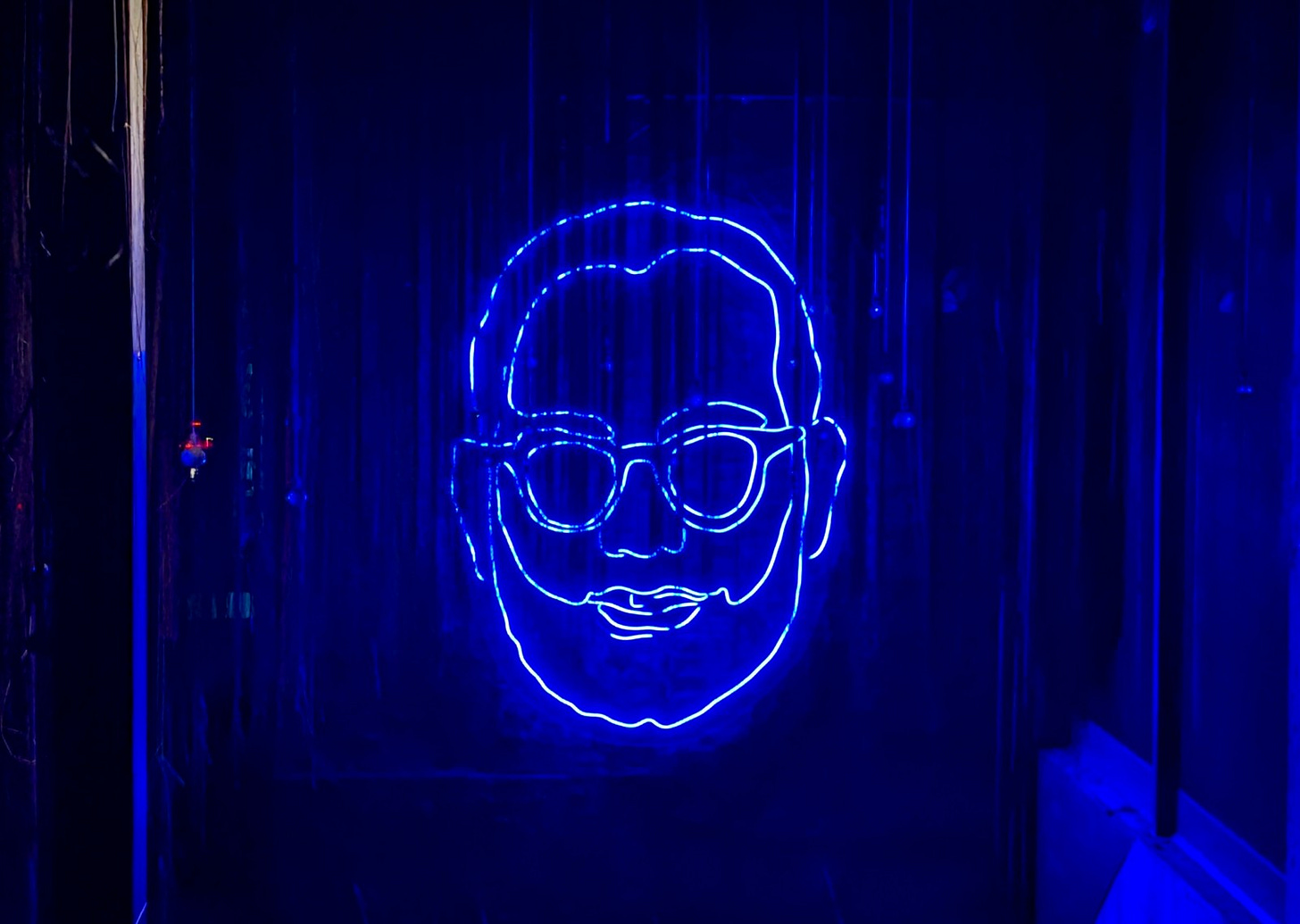
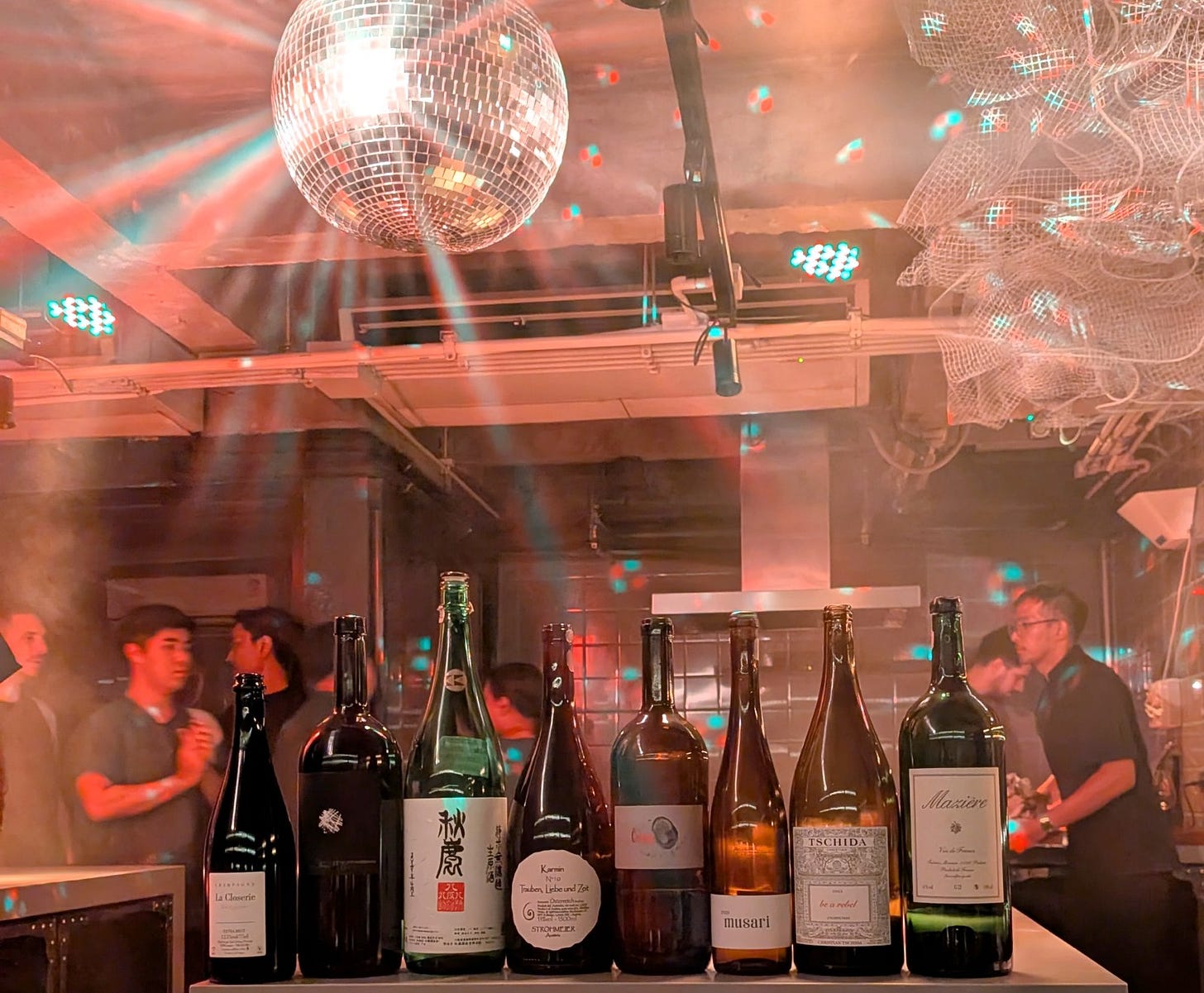
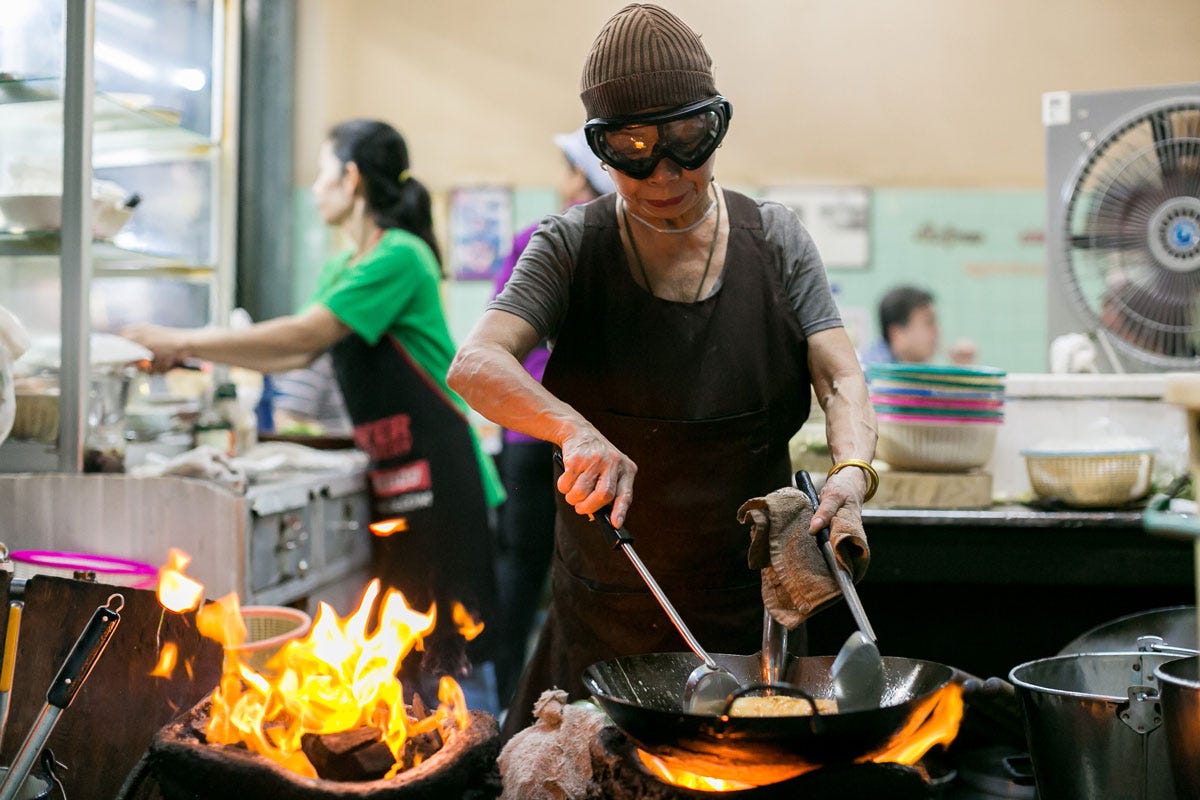
This was fun to read.